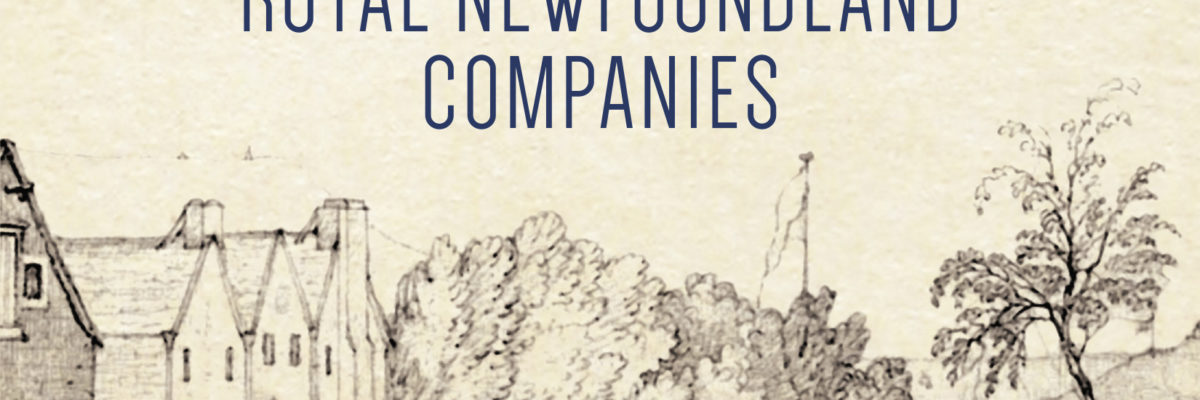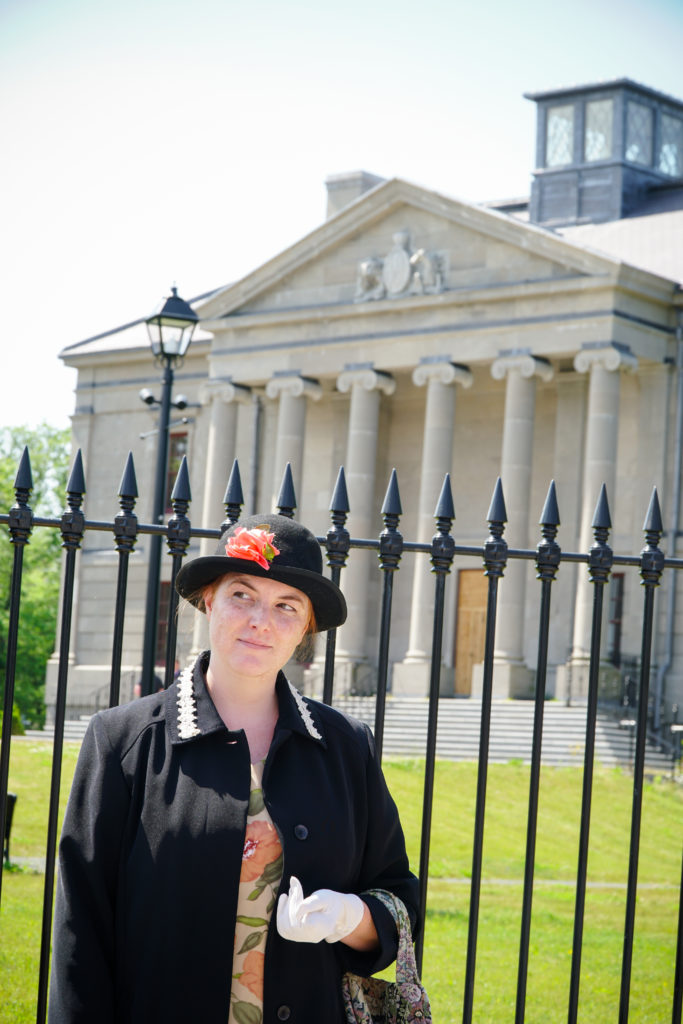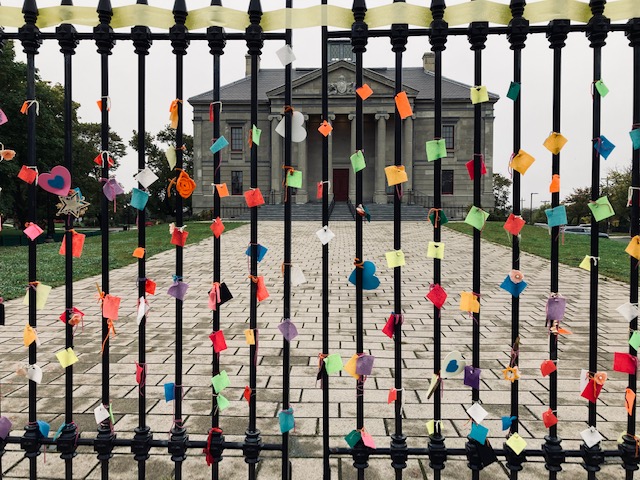Q&A with James E Candow
BY NQ
November 2019
Can you tell us a little about yourself?
I go by James E Candow for official purposes, including publications. Otherwise, I go by Jim, although among family and friends I will answer to any of the usual variants.
I was born and raised in Gander and attended Memorial and Dalhousie Universities, graduating from the latter in 1977 with an MA in history. That same year I was hired by Parks Canada as an historian. I worked in the agency’s Atlantic Regional Office in Halifax until my retirement in 2011. It was a dream job. My main research focus was national historic sites and national parks in Newfoundland, although I also did work on sites in Nova Scotia and New Brunswick.
What was the inspiration for The Invisibles?
My interest in the Royal Newfoundland Companies was an offshoot of my work on the history of Signal Hill, which culminated with publication of The Lookout: A History of Signal Hill (Creative, 2011). Around 1980 the organizers of the Signal Hill Tattoo asked me to provide background information on the regiment, which at the time was represented in the Tattoo’s programming. While the regiment has long since been dropped from the Tattoo, my interest had been piqued and I continued to amass information on it, which was more or less unavoidable as I dug ever deeper into the history of Signal Hill. This book, like its predecessor Cantwells’ Way: A Natural History of the Cape Spear Lightstation (Fernwood, 2016), builds on material gathered during my career, augmented by post-retirement research.
Do you have a writing routine?
I like to start early in the morning and find that I have pretty well shot my load by lunchtime. In the afternoon I go over what I wrote in the morning and edit the hell out of it. I rewrite constantly and am guided by Joan Didion’s counsel that the most important sentences in any book are the first one and the last one. I agonize endlessly over those sentences and the paragraphs in which they appear.
Which artists most influence you?
Among writers, I admire early Jack Kerouac, the philosopher John Gray, and American Civil War historians Bruce Catton and Shelby Foote. For pure style, however, it’s hard to beat Didion, to whom I came late. Despite its limitations and biases, I enjoyed Patrick O’Flaherty’s trilogy on Newfoundland history. I am a fan of anything that Jim Hiller writes and eagerly await his political biography of Sir Robert Bond. I also thought that the late Peter Pope’s Fish into Wine: The Newfoundland Plantation in the Seventeenth Century was a masterpiece. I don’t read a lot of fiction, but I went through a major Kerouac phase and I love Kurt Vonnegut, whose imagination is breathtaking and whose humour and penchant for the absurd are second to none.
Is three one book you find yourself returning to again and again?
Actually three: Catton’s Civil War trilogy.
What’s your next project?
There doesn’t seem to be anything major left to do except write a general history of Newfoundland. The recent attempts at same by O’Flaherty, Sean Cadigan, and Kevin Major were noble but flawed, often deeply so. After that, I would like to write something on Captain Bob Bartlett’s last years, in part to remove some of the stench from Maura Hanrahan’s atrocious biography of the man.
Candow will be launching The Invisibles at Breakwater Book’s Fall Launch Party (Thursday November 21st, 7pm, The Johnson Geo Centre) and will have a book signing at Broken Books on November 23rd from 2-4 pm.




